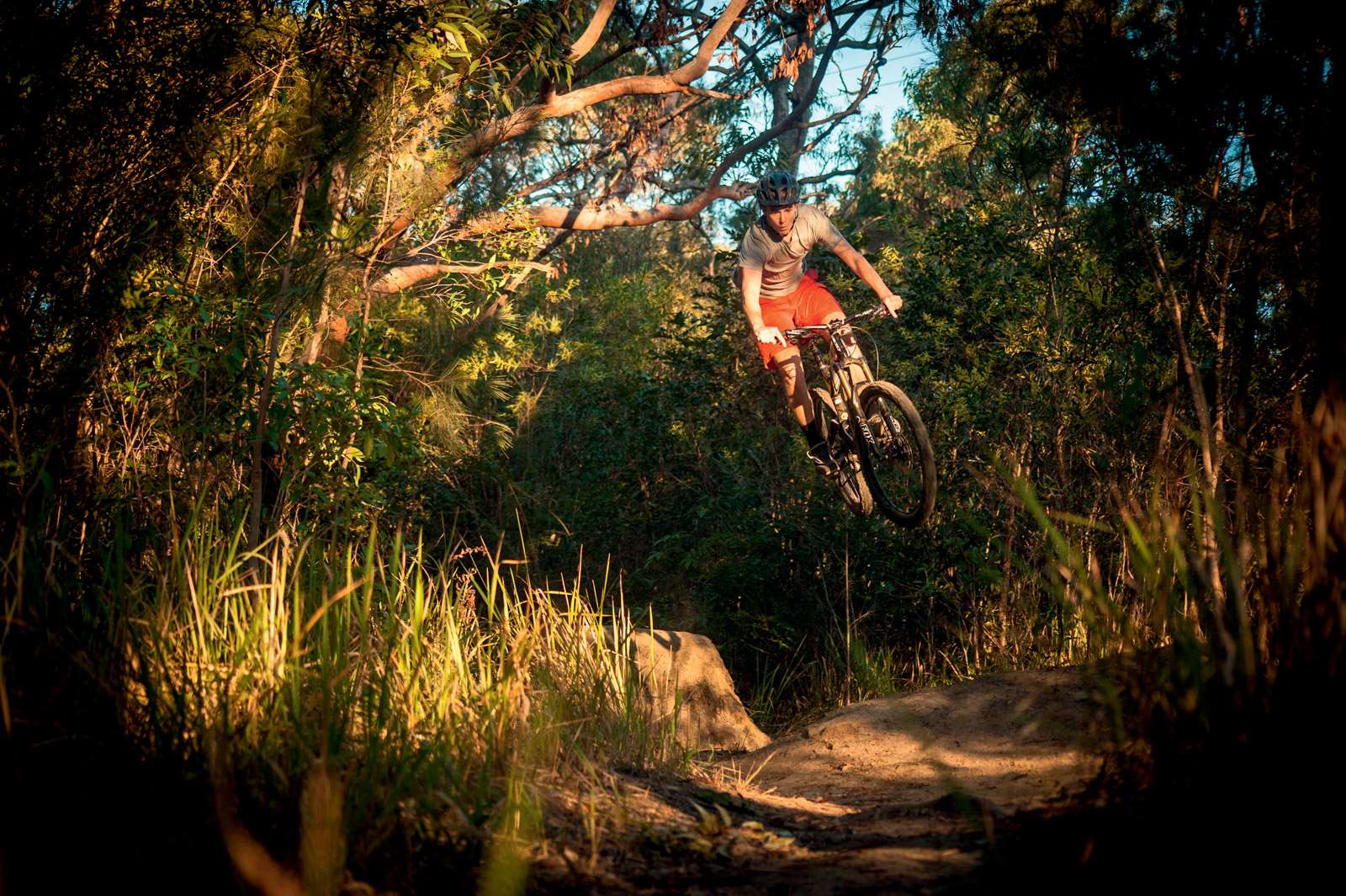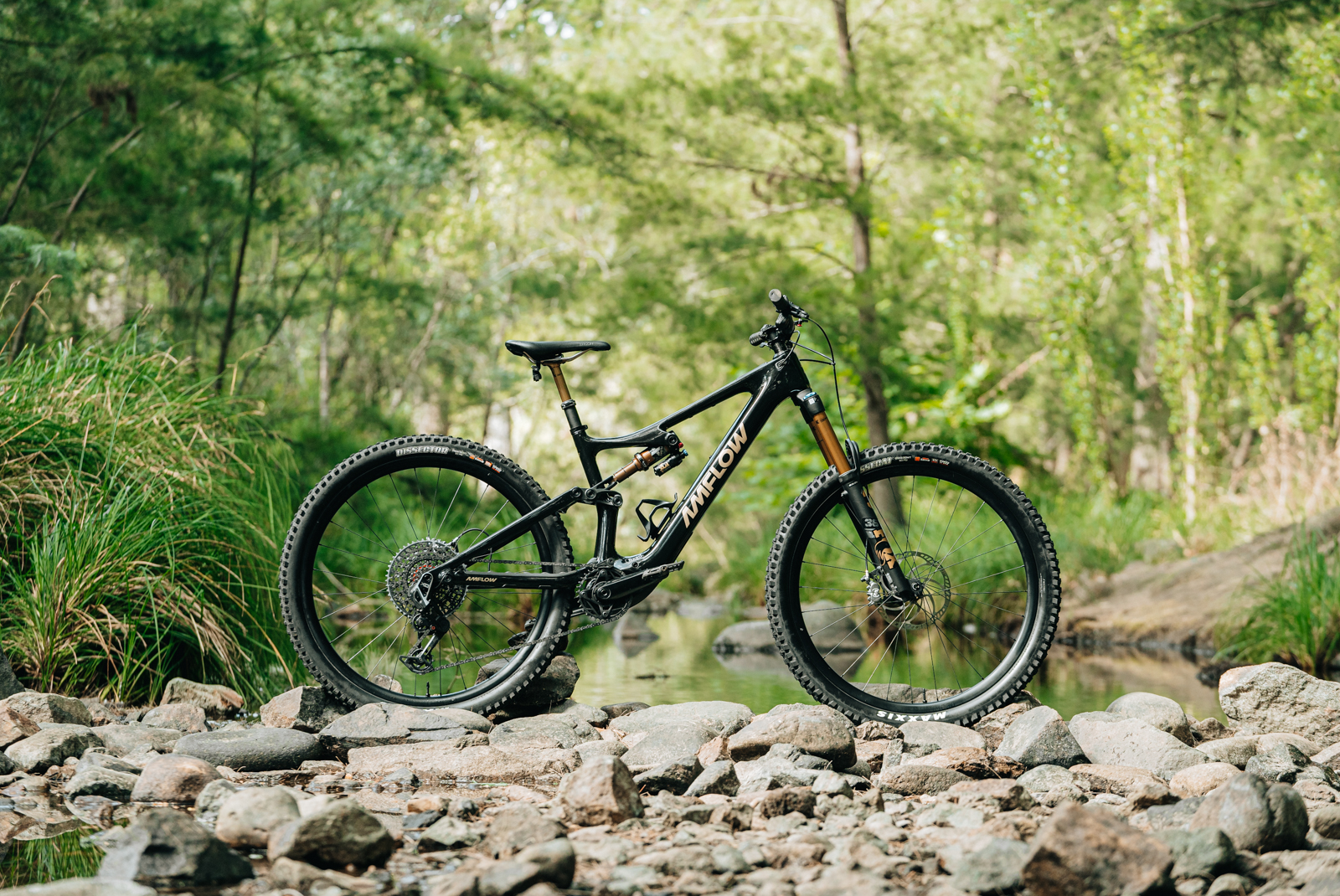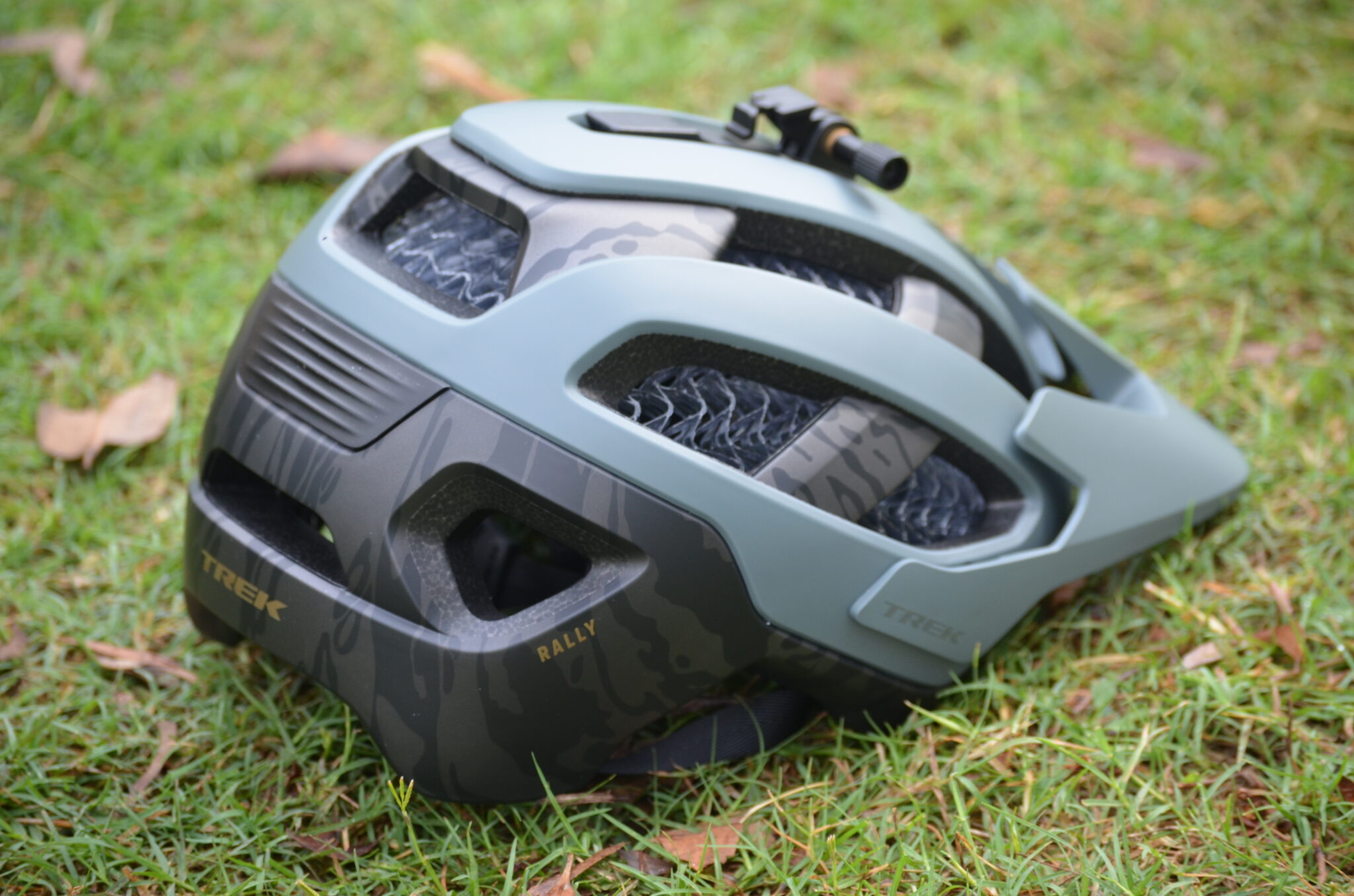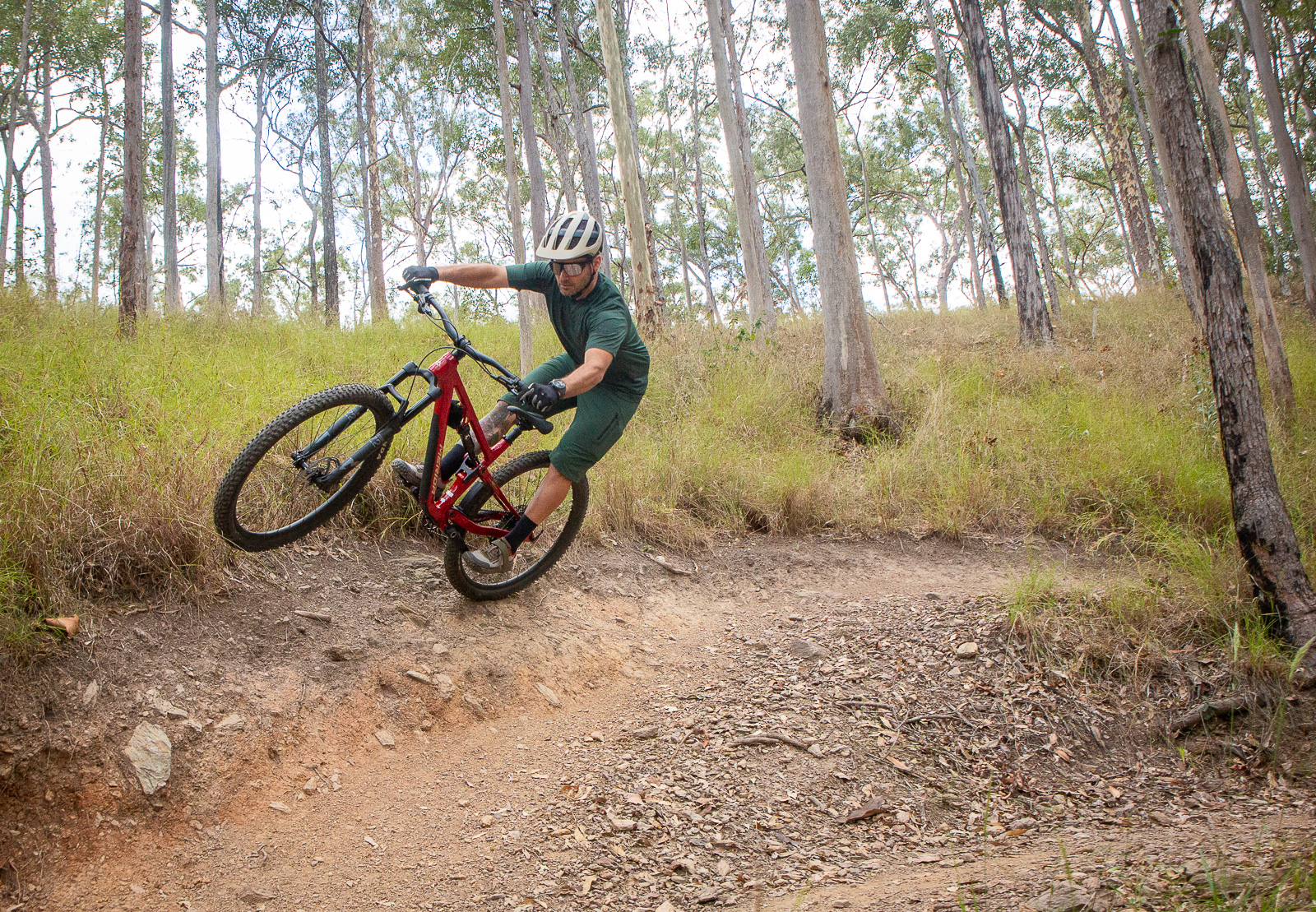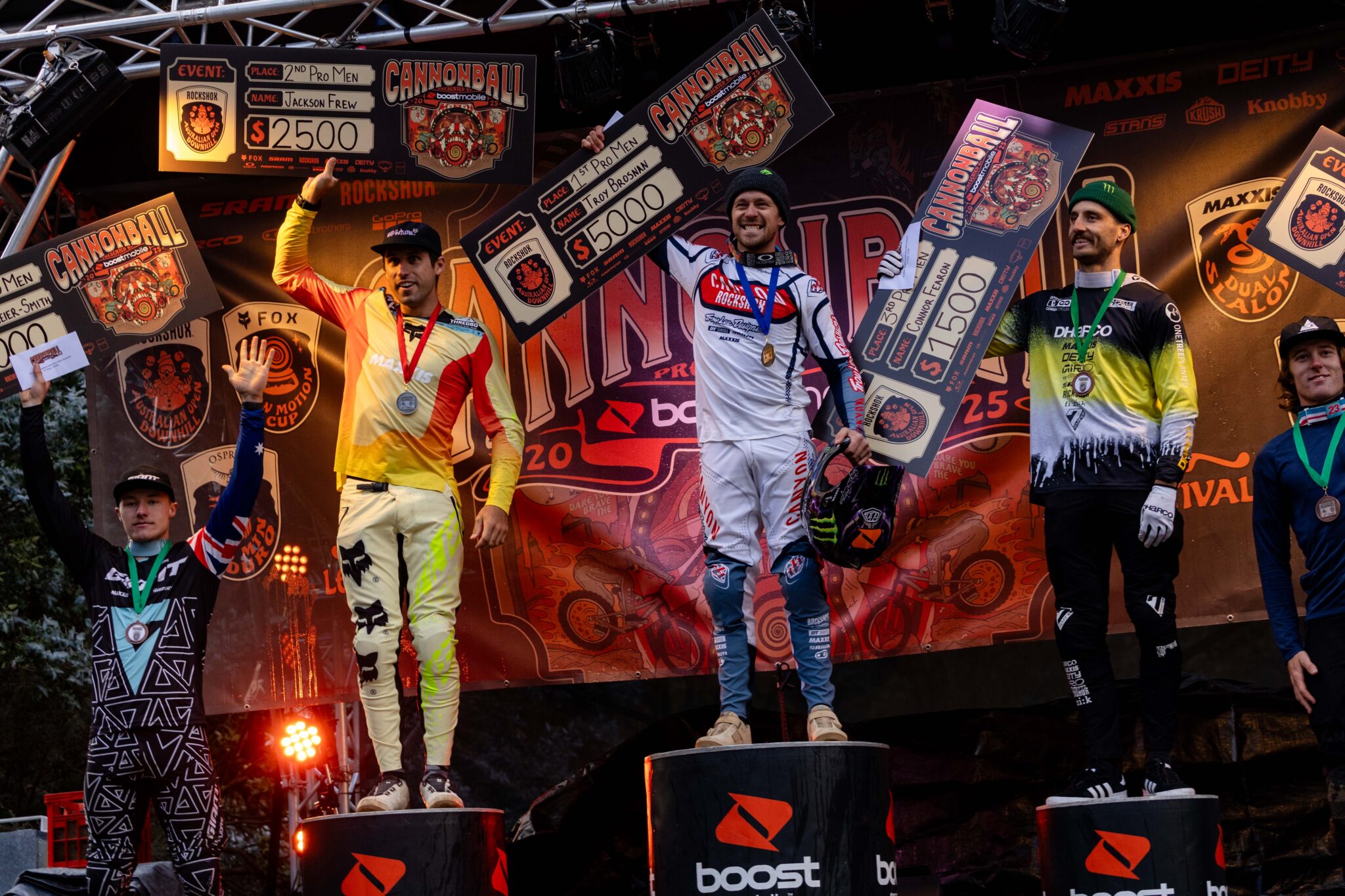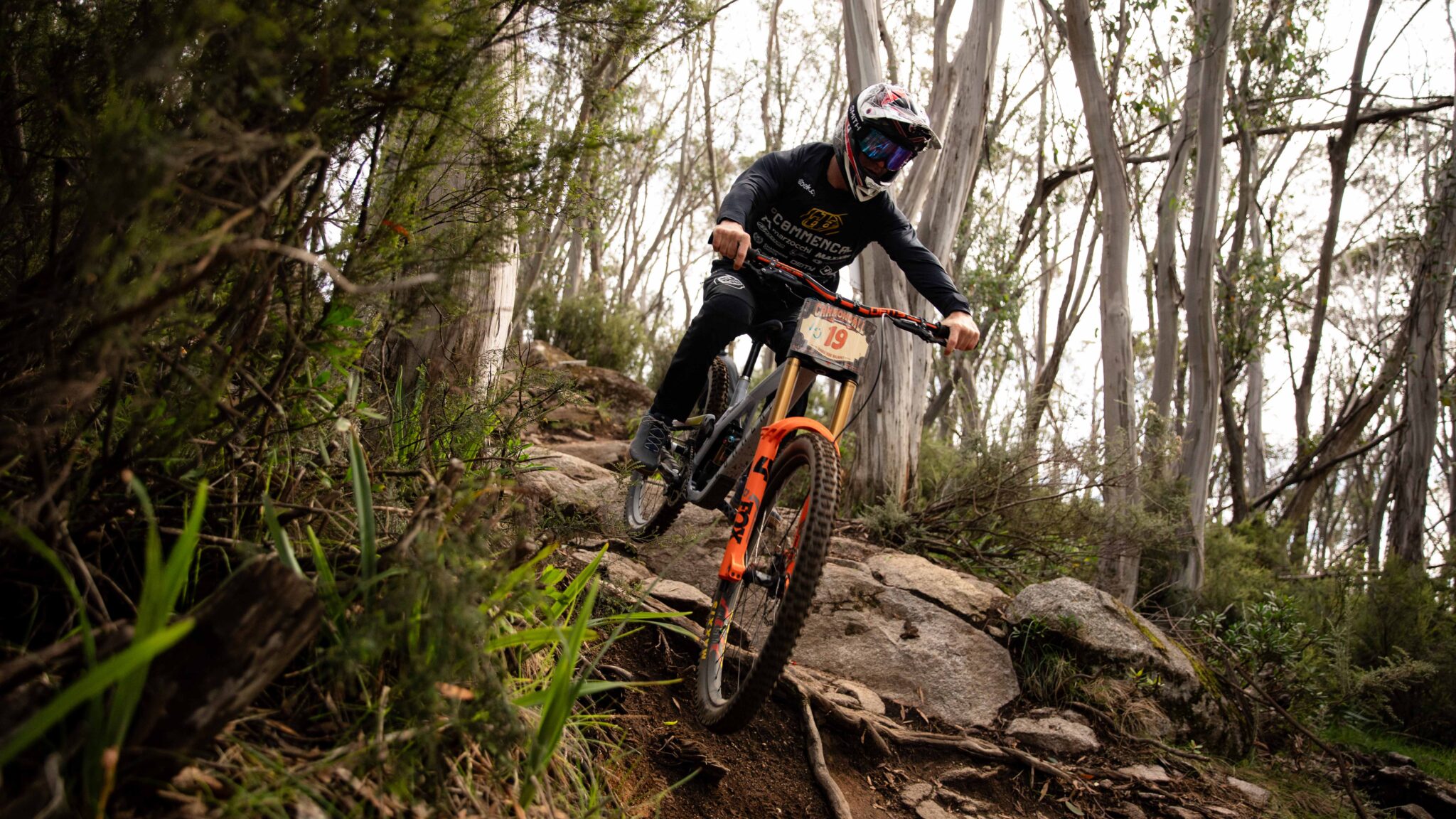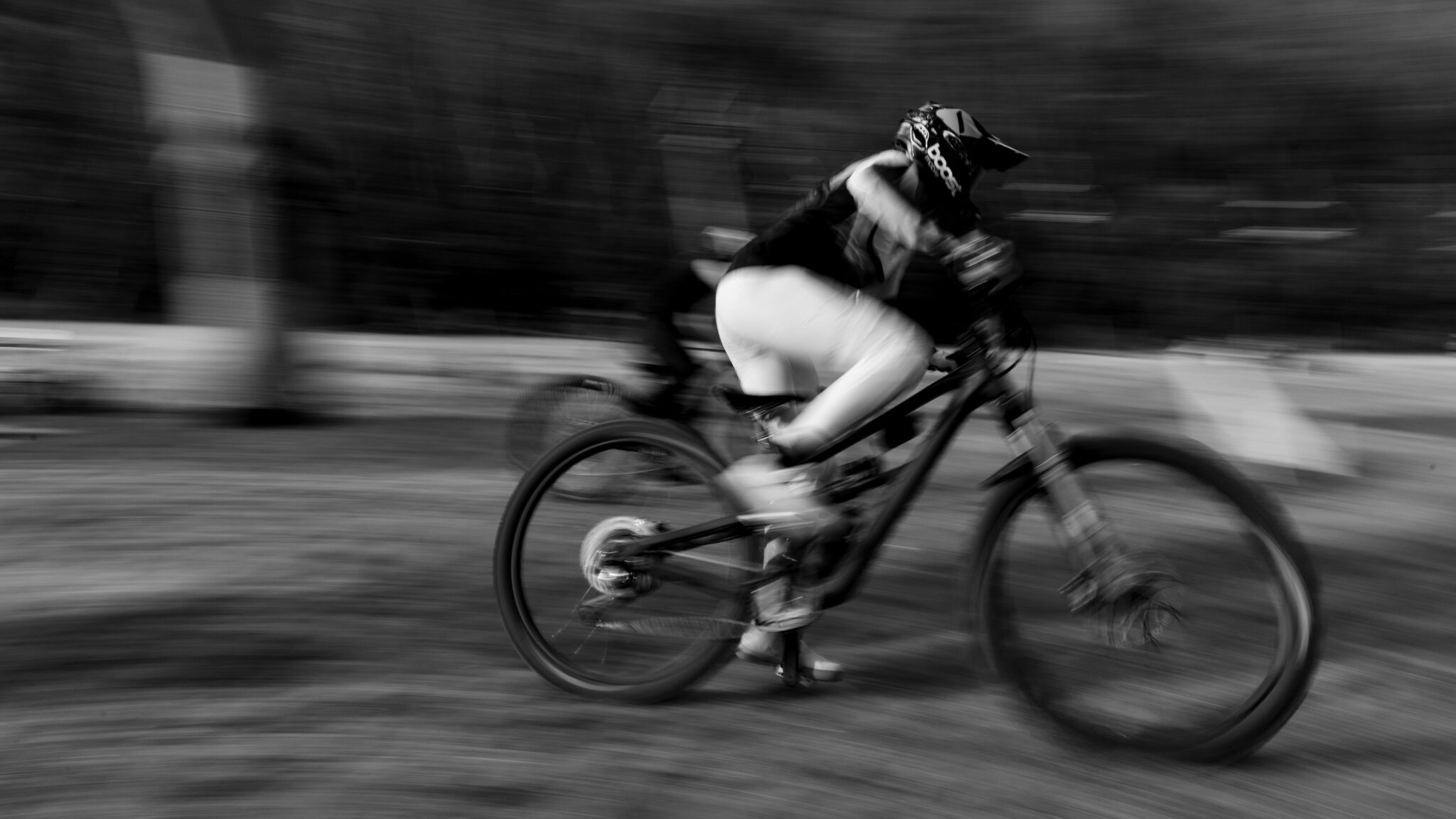The off season and general preparation phase
With the Australian winter now on its way there tends to be a lull in the domestic race calendar and for many athletes it is a great time to take a break. The ‘Off Season’ is definitely a necessary phase for athletes to schedule into their Season plan in, order to give both the mind and body a rest and to recharge for the following season.
The period of time spent in the Off Season phase will depend on a number of factors. If an athlete has been building fitness for a major goal race over a long period of time and there are no more goal races for quite a while, then the athlete will benefit from an extended time away from the bike. Sometimes up to a month is necessary. As an example, the top GC riders, who have trained for the Tour De France each year, generally take quite an extended break following the Tour, necessitated by a lengthy build-up and then a massive over-load during the event itself. On the other hand, athletes who have targeted several goal events scattered throughout the year usually benefit more from regular ‘mini-breaks’ of a week or two following each of these goal races. This approach works well for those athletes who race both the Domestic Season as well as heading overseas for the International season or who have 2-3 goal races spaced through the year.
The Off Season is a perfect time to catch up on all the things you might normally not have the time and/or energy for. For the younger athletes that I coach this will quite often serve as time to ‘let their hair down’ a little and get out to some of those late night parties, without having to get up for an early morning training session the following day. For some of the older athletes it might simply serve as more quality time with the family. Regardless of what you choose to do during your Off Season, in my opinion it is an important part of your annual plan, necessary to recharge batteries and get that motivation going for the following Season.
Following a period of time completely off the bike, it is best to schedule in another period of time easing back into things slowly and including a lot less structure than normal. Most coaches will call this phase of training ‘General Preparation’. A good indicator of when it is time to start on this phase is when an athlete gets to the point of actually missing their bike and craving that feeling of pushing the body once again.

COMPONENTS OF THE GENERAL PREPARATION PHASE
UNSTRUCTURED ‘FUN’ RIDES
The main focus of the General Preparation phase should be to simply get out and have some fun on the bike. Enjoy riding the trails with friends without having to think about maintaining certain powers and/or heart-rates. It is a good time to check out different trails instead of sticking to your usual training venues. You may even find some ideal training places to use once you start back on more specific training. You will probably find that these un-structured ‘fun’ rides actually provide great training without you even realising it!
PEDAL EFFICIENCY
During this phase, I generally recommend that 1 session per week be focused on pedal efficiency. It is important to go back to basics and make sure you are using correct muscle groups and smoothing out that pedal stroke. Then, once you start back on higher power intervals your technique should be more proficient. I have spoken about training methods to improve pedal efficiency in previous articles; basically a mixture of high cadence, low cadence and single leg drills works well. Such techniques can be practiced on the indoor trainer to allow for good concentration as well as using off-road, uneven surfaces so as to encourage the recruiting of stabilizing muscles.
SPECIFIC SKILLS
General preparation phase is also the perfect time of year to work on any specific skills that are a weakness. In my experience, many athletes don’t work on specific skills enough. Most are more concerned about improving power output. With specific focus on certain skills that are a weakness, athletes can cut down on overall race times quite dramatically with just a small investment. For instance, leaning the bike into corners a touch more can take half a second off each corner or learning to mono-hop in one action over obstacles rather than lift front and rear wheel individually can again save a lot of time over the course of a race.
Spend the time identifying any areas you feel need improvement and then set about working on these. It may be that you need to book yourself in for a few professionally run skills sessions to learn the techniques or you may be lucky enough to have some more skilled friends who you can meet up with to work on any problem areas.
CROSS TRAINING
Last but not least, the General Preparation phase is a great time to include plenty of cross training sessions. Such sessions can include gym, swimming, running, rock climbing, kayaking or whatever else involves lifting the heart rate a little and using muscles in slightly different ways. It is a particularly good time to make sure you are using those deep core muscles and activating the gluts effectively. Working on the correct techniques of basic exercises such as the squat, lunge, push up, bridge position etc. will enable you to add in some more strength and possibly plyometric training during later phases more effectively and with less chance of injury.

